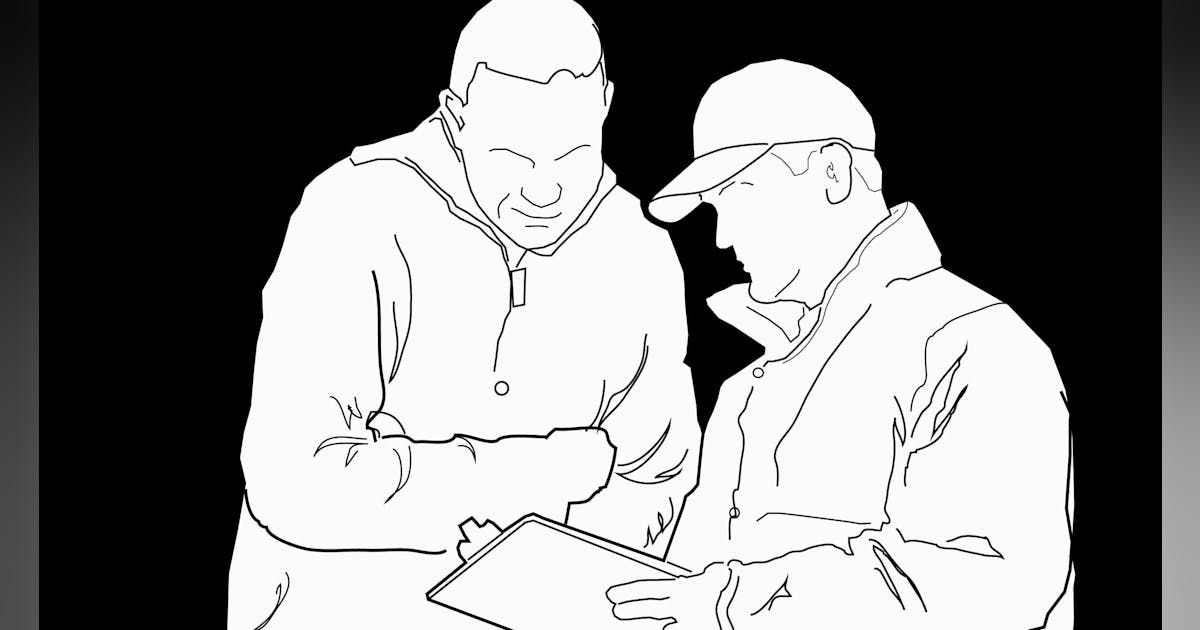The second situation is a proactive scenario. These are the toughest to handle because there is no obvious existing problem the customer wants you to solve. You often find hidden airflow problems that haven’t caused immediate issues, or there may be no overt indications that the system has any problems. Most proactive scenarios are discovered during maintenance calls for existing or new customers.
It’s helpful to use simple tools like National Comfort Institute’s (NCI) static pressure to blood pressure comparison table in situations like this. Many customers are familiar with high blood pressure and understand the hidden harm it could cause if left untreated.
Just as a physician is proactive in finding this problem with the human body during a physical, you can follow their lead in discussing HVAC system problems. Knowing how to handle both situations requires different approaches, so understand and prepare. This is one reason it’s helpful to ask customers questions, just like a physician asks patients questions.
Talk Like a Physician
If you have high blood pressure or are overweight, physicians ask about your eating habits and lifestyle – things that would cause those readings. Discuss your static pressure test results similarly. Use them as the foundation for questions you ask. Then, if your customer wants to know why you’re asking, you can tie in your readings.
It helps to develop your questions around the red flags mentioned earlier that you frequently find with measurements. For example, when a system has high total external static pressure (TESP), focus your questions on symptoms like uncomfortable rooms, excessive dust, high utility bills, or continuous equipment problems. These red flags commonly tie to excessive TESP and/or low fan airflow.
Be sure you write customer answers down. This action shows you’re listening and valuing what they say. If they tell you their bedroom is like a sauna, capture it. It’s important to them; addressing it could be the difference maker.
Keep an open mind as you record their answers. What your customer wants might differ from what you think they need. Be careful about spending their money for them and prejudging what they can afford. The advanced options they choose may surprise you.
Report on Your Findings
With your questions answered, it’s time to let your customers know why you asked them – if they haven’t already asked. Again, consider the parallel to your last medical appointment. After you answer your physician’s questions, they report their findings and make recommendations. You may need to confront some brutal truths and make critical decisions.
Start with praise for the good qualities you find with their system before you address the bad. When you begin by immediately addressing problems, most customers turn defensive and tune you out, regardless of how right you are.
Consider your perspective now and try to see the issues you found through your customer’s eyes – not the eyes of a trained HVAC professional. It’s hard to go wrong if you follow the simple rule – “Treat others like they want to be treated.”
Data Versus Opinions
Unless you have test measurements, you don’t have data. Many get beat up on price because they only provide their customers with opinions instead of verifiable data and facts. Good data enables your customers to make informed decisions. And an informed customer is the best customer for an Air Upgrade.
Whether you require installation, repair, or maintenance, our technicians will assist you with top-quality service at any time of the day or night. Take comfort in knowing your indoor air quality is the best it can be with MOE heating & cooling services Ontario's solution for heating, air conditioning, and ventilation that’s cooler than the rest.
Contact us to schedule a visit. Our qualified team of technicians, are always ready to help you and guide you for heating and cooling issues. Weather you want to replace an old furnace or install a brand new air conditioner, we are here to help you. Our main office is at Kitchener but we can service most of Ontario's cities
Source link



